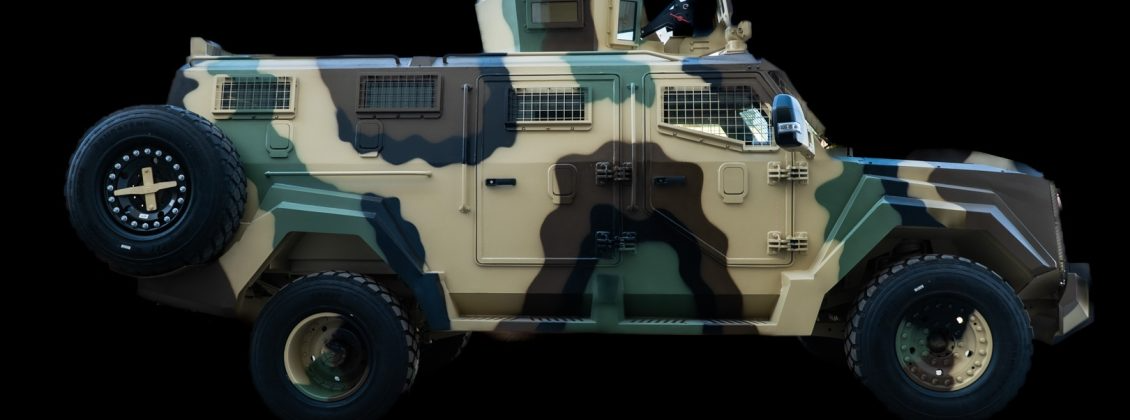
In the realm of modern warfare, the evolution of tactical vehicles has been nothing short of extraordinary. From humble beginnings with basic troop carriers to the sophisticated, high-tech machines of today, tactical vehicles have transformed the way militaries operate on the battlefield. This article explores the remarkable journey of these unstoppable forces and their crucial role in shaping the outcome of conflicts worldwide.
The birth of tactical vehicles:
The origins of tactical vehicles can be traced back to the early 20th century when militaries first recognized the need for dedicated transport to move troops and equipment efficiently. The iconic World War I-era trucks and armored cars laid the groundwork for the development of more specialized vehicles in the future.
The advent of armored personnel carriers (APCs):
As warfare became more mechanized during the mid-20th century, armored personnel carriers emerged as game-changers on the battlefield. APCs provided protected mobility to infantry units, allowing them to swiftly maneuver through hostile environments while remaining shielded from small arms fire and shrapnel. The Vietnam War witnessed the widespread use of APCs, highlighting their significance in modern warfare.
The rise of mine-resistant ambush protected (MRAP) vehicles:
The asymmetric nature of modern warfare, particularly in the post-9/11 era, brought about the need for specialized protection against improvised explosive devices (IEDs) and ambushes. MRAP vehicles, designed with V-shaped hulls to disperse the force of blasts, became indispensable assets in counterinsurgency operations. These life-saving vehicles significantly reduced casualties and enhanced the survivability of troops.
The age of unmanned ground vehicles (UGVs):
Advancements in technology have opened the door to unmanned ground vehicles, marking a revolutionary leap in tactical vehicle capabilities. UGVs can now perform a range of tasks, from reconnaissance and surveillance to bomb disposal, without risking human lives. The incorporation of artificial intelligence has further enhanced their autonomy and decision-making capabilities, making them invaluable assets in both combat and support roles.
Next- generation tactical vehicles:
The continuous drive for innovation has led to the development of next-generation tactical vehicles that embody cutting-edge technologies. Electric and hybrid-powered vehicles are reducing the military’s dependence on fossil fuels, enhancing sustainability and operational range. Moreover, 3D printing and advanced materials are facilitating rapid prototyping and production, leading to lighter and more agile vehicles with increased durability.
